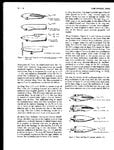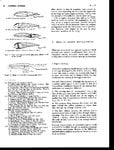- Thread starter
- #21
A
Anonymous
Guest
Actually, there is some reasonable evidence that the P-51 was actually faster than normally quoted. The P-51B's official top speed is 440 mph, but there were NACA tests giving 453 mph level speed performance. The conditions of the test often had a lot to do with the results.
=S=
Lunatic
=S=
Lunatic


